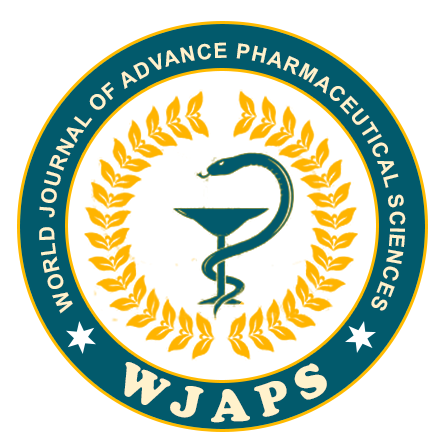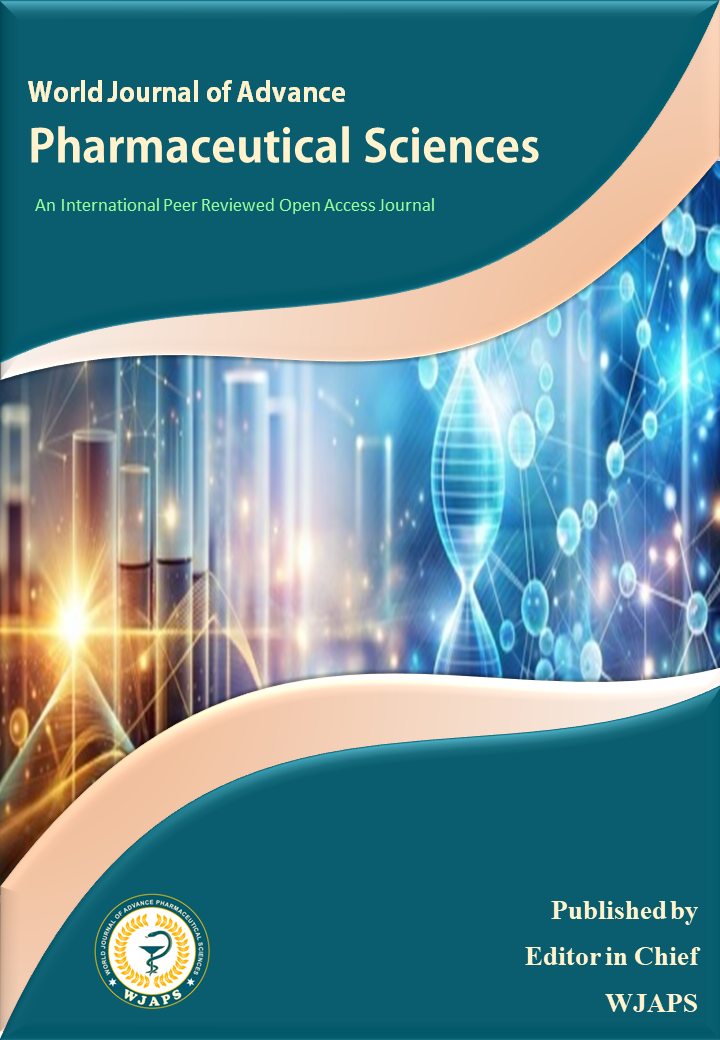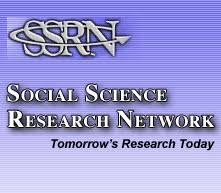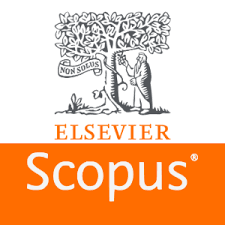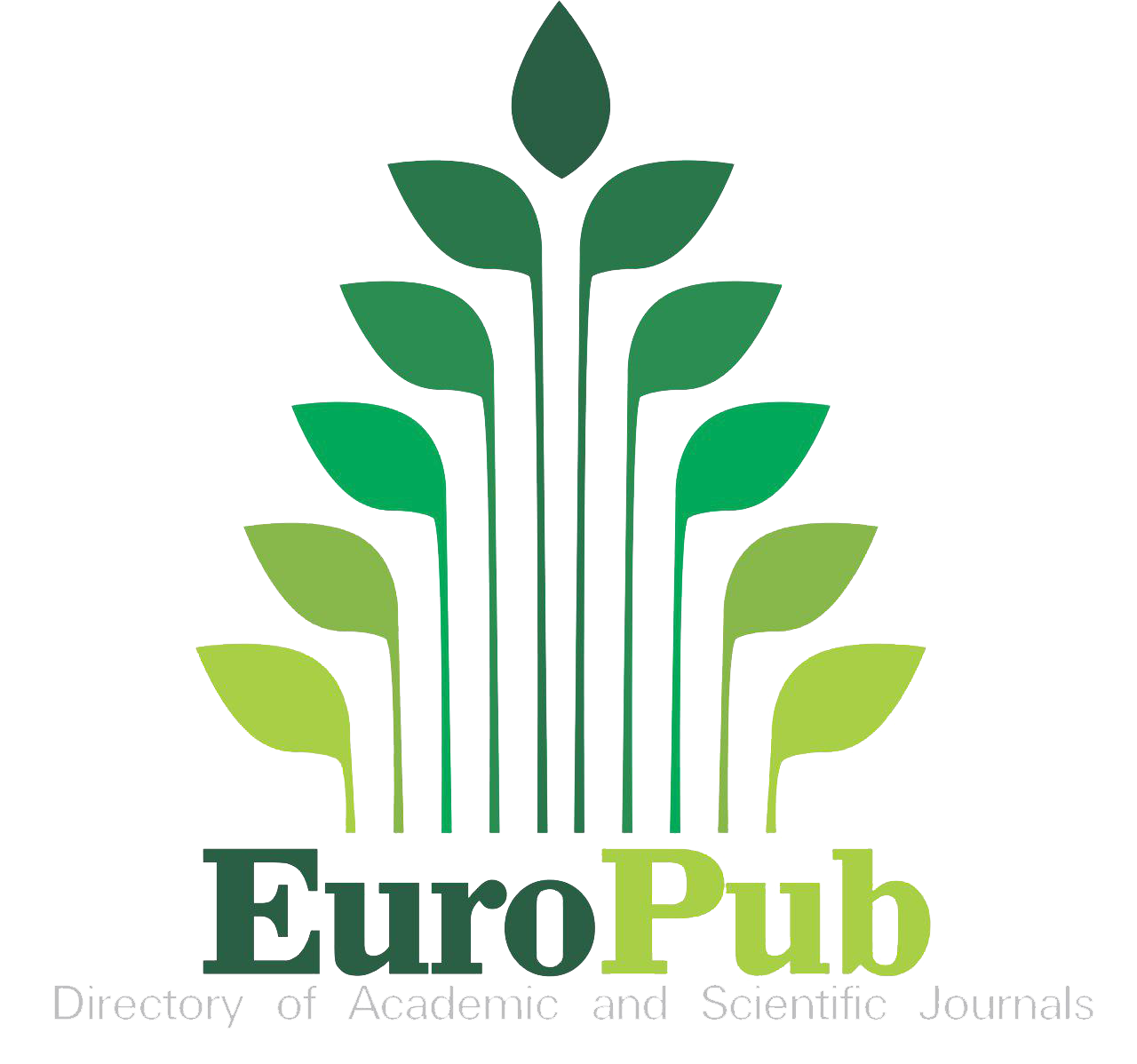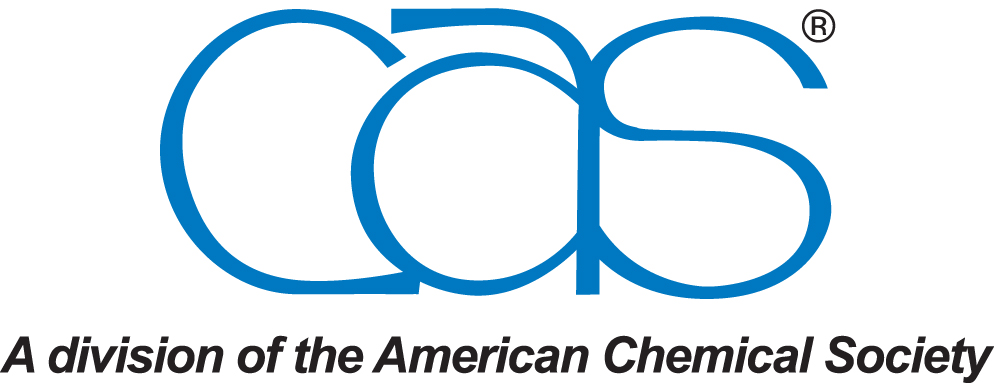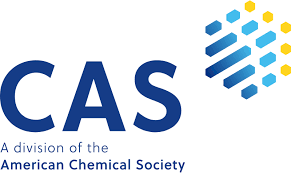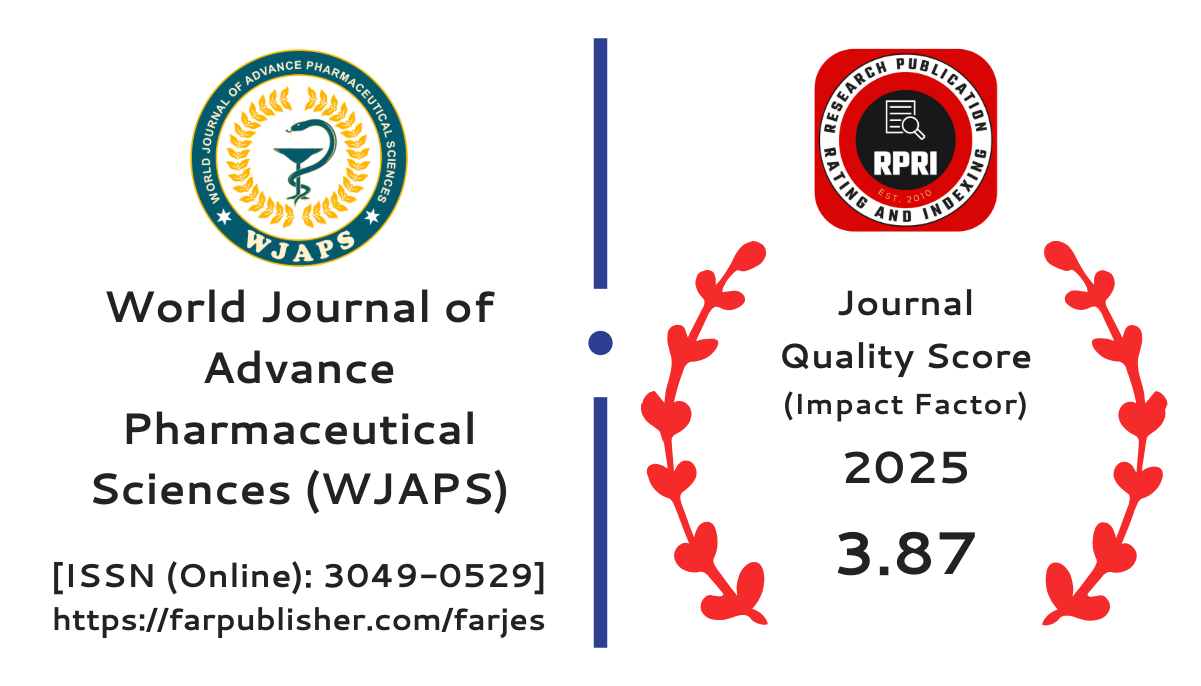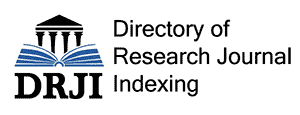IN SILICO EVALUATION OF OPTIMIZED LITSEA SERBIFERA DERIVATIVES AS POTENT ANTIVIRAL AGENTS AGAINST SARS-COV-2 AND INFLUENZA
Abul Bashar Ripon Khalipha*, Sukalyan Kumar Kundu, PhD, Dr. Md. Nur Alam, Taslima Akter, Khadija Akter, Md. Mehedi Hasan, Md. Asif Ibne Amir, Abu Bakar Siddiqure and Shoaib Ahmed
Laurolitsine, a 1-benzylisoquinoline alkaloid from L. serbifera (L. glutinosa), exhibits significant in silico potential as an antiviral agent that targets key viral proteins and host receptors. This study evaluated the optimized derivatives of L. serbifera (L. glutinosa) phytochemicals, including quercetin-3-O-glucoside, epicatechin-3-gallate, boldine-7-Omethyl, litseasin A-acetate, and neophytadiene, for their antiviral efficacy against SARS-CoV-2 Mpro, RdRp, Spike RBD, and influenza neuraminidase. In silico docking reveals superior binding affinities (-8.0 to - 9.0 kcal/mol) compared to standard drugs, such as remdesivir (-7.8 kcal/mol) and oseltamivir (-8.1 kcal/mol), driven by enhanced hydrogen bonding and π-π stacking interactions. Optimized derivatives display improved HOMOLUMO properties, with higher HOMO energies (-5.40 to -5.95 eV) and larger HOMO-LUMO gaps (3.70–3.85 eV), indicating better electrondonating ability and chemical stability. ADMET profiling suggests favorable human intestinal absorption (65–92%) and moderate clearance (0.58–0.80 log mL/min/kg), although some derivatives show low toxicity risks (e.g., litseasin A-acetate). Drug-likeness analysis indicated boldine-7-O-methyl as the most promising candidate (no Lipinski violations, score: 0.78). Virus inhibitory activity (CTI: 65.0–85.0) significantly surpasses standards (10.3– 29.9), particularly against influenza strains. These findings highlight L. serbifera (L. glutinosa) derivatives as potent antiviral candidates, warranting further in vitro and in vivo validation.
[get full article]